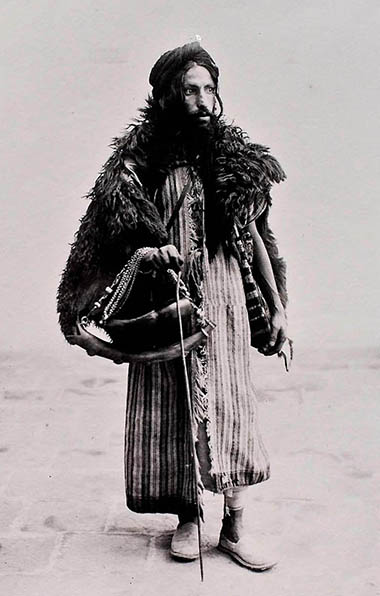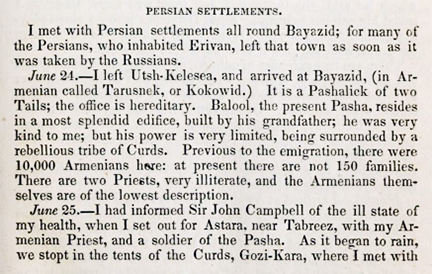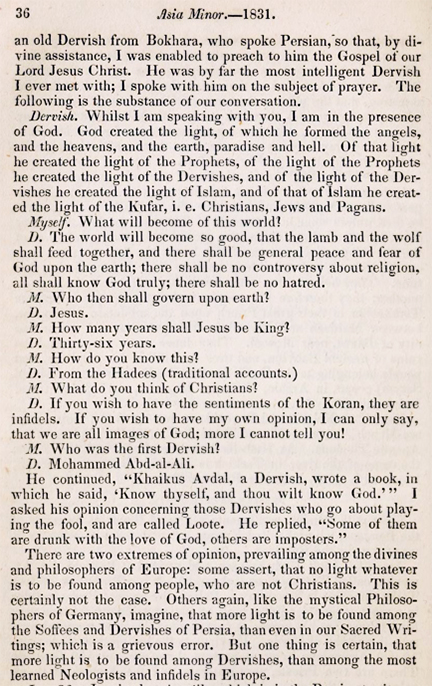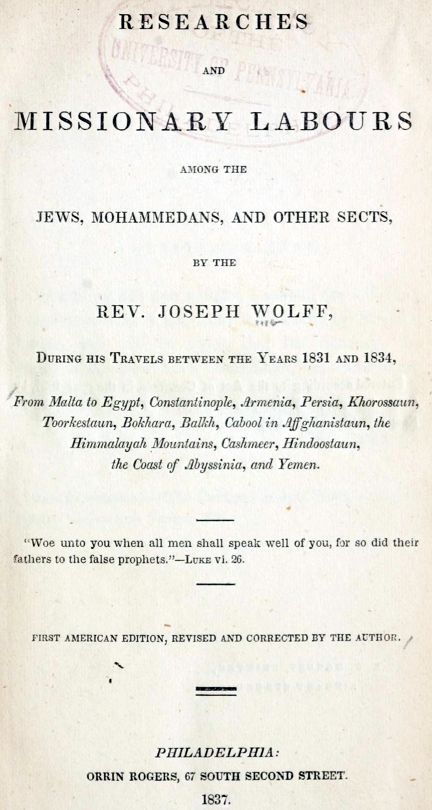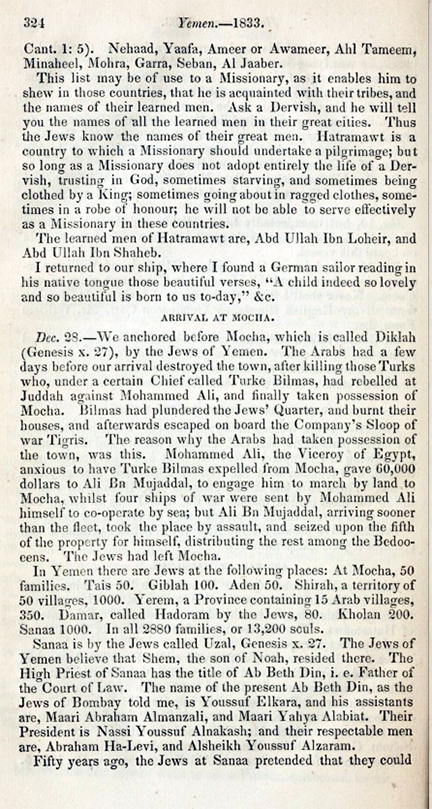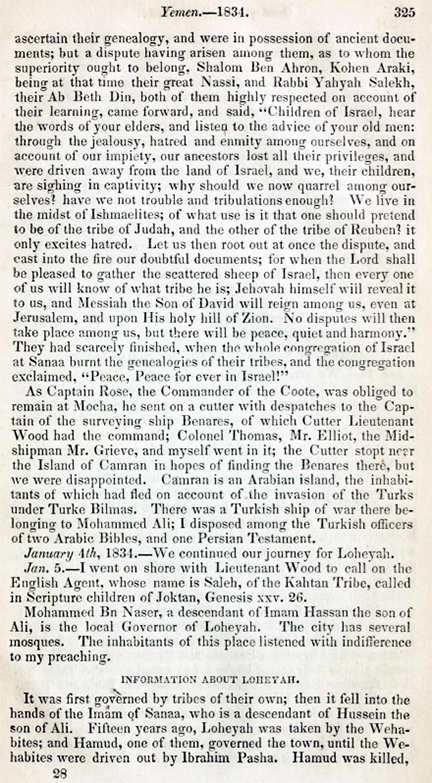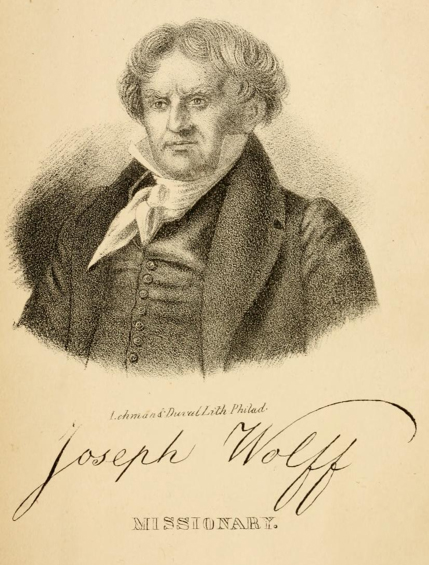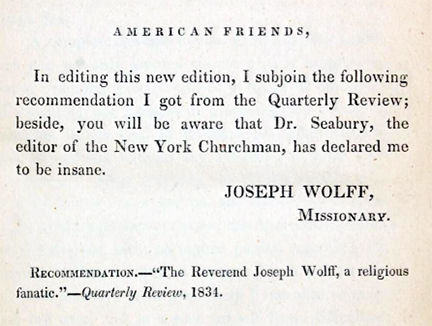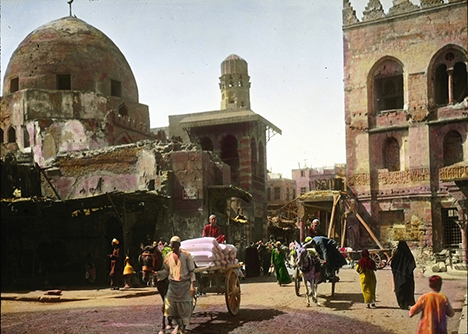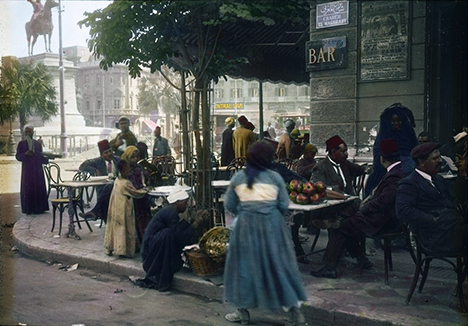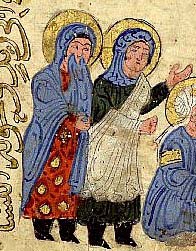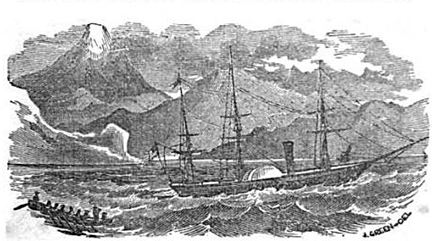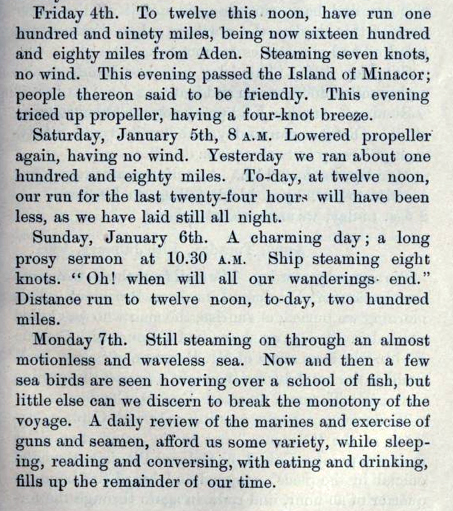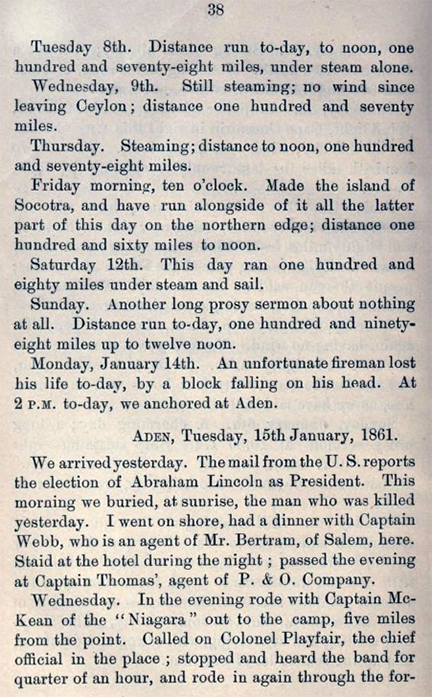
Rivoli Square, Beirut, Lebanon, ca. 1960
First Impressions of Lebanon in June 2013
By George Nicolas El-Hage, Ph.D., Professor of Arabic and Comparative Literature
In 2002, I published my book, The Return of the Hero and the Resurrection of the City. In this poetry book about Lebanon, I borrowed the tragic image of Virgil’s Aeneas who had left his city of Troy in ashes burning behind him as he carried his father on his shoulder and held his son’s hand and marched forward to the new world where he was destined to build Rome and establish a new world order. My saga of self-imposed exile mirrors that of Aeneas’s in many ways with one major difference: I wanted to come back to my destroyed city, to Beirut, to my Troy, in spite of the temptations of my sweet exile abroad. The burning question was: When? How long will the war last and when will peace reign again? Was I really waiting for Godot?
To have experienced life in pre-war Lebanon in the sixties and early seventies, when Lebanon was the jewel of the Mediterranean, was a time that is unforgettable. Every moment remained deeply engraved in my memory during the 37 years that I spent in the United States. I kept insisting on staying away while Lebanon kept persisting in its suicidal lifestyle torn between nationalism , Arabism, Palestinianism, Islamism, Lebanization, Westernization, globalization and many other “isms†that went on bleeding it to death and dislocating its citizens and scattering them across the globe.
Thirty-seven years later it dawned on me, what am I waiting for? Am I waiting for Lebanon to become a powerful, strong country with a stable central government? Am I waiting for all of its numerous political parties to unify under one leadership or for all of its religious factions to denounce their allegiances and pray under one dome? Am I waiting for the rest of the world and for the friendly and neighboring countries, superpowers and faraway countries to denounce their claim on Lebanon and leave it alone, independent, free and self-governed? No, my friend, this shall not come to pass. After all, when was Lebanon ever in charge of its own destiny and master of its internal affairs or its foreign policy? Continue reading Return to Lebanon →
